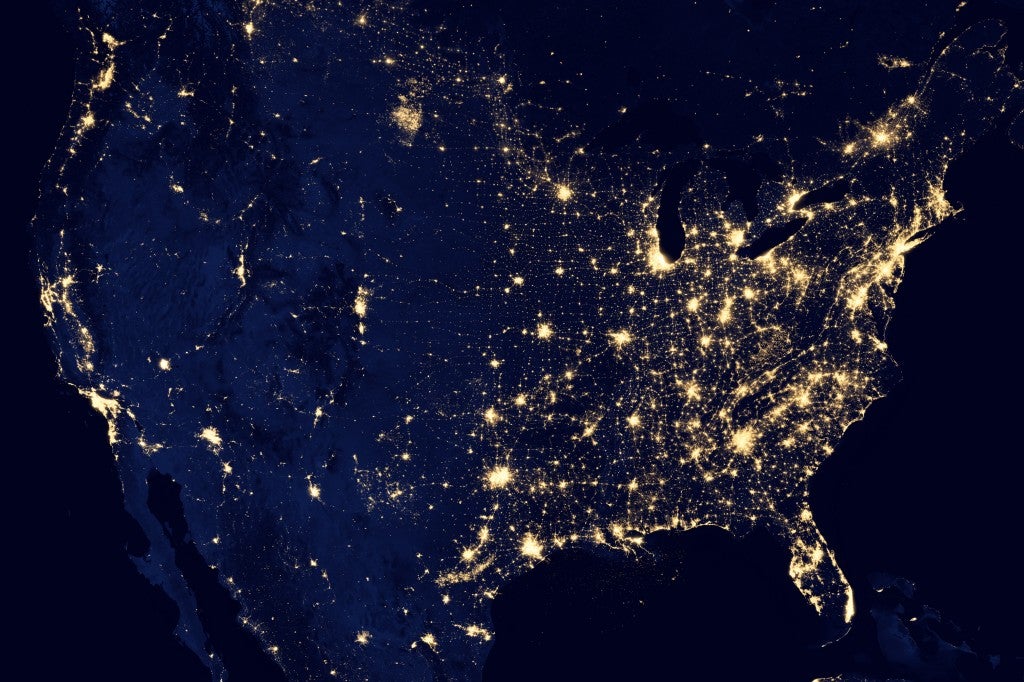‘Utilities 2.0’: The Future May Be Sooner Than We Think

Last month, I had the pleasure of moderating a panel called “Utilities 2.0: The Role of Distributed Generation and Demand Response in Evolving Utility Business Models.” The topic may sound esoteric, but to the more than sixty people in attendance, and at least fifty more watching online, the event, which was sponsored by clean energy networking group Agrion, offered insight into how these options will in a not-too-distant future revolutionize the way all of us consume electricity.
The energy industry is abuzz with talk of how distributed generation, which enables consumers to draw power from on-site sources, such as rooftop solar, and demand response, which rewards customers who use less electricity during times of peak demand, are transforming the electric utility industry. A once-in-a-generation paradigm shift is already in motion, and exactly how it will play out is anyone’s guess.
The Agrion panel wasn’t the only crowded event I’ve recently attended where the need for new utility business models was the topic of lively debate. Earlier this month, I joined representatives from utility companies and the New York Public Service Commission as well as other industry stakeholders at a NYU symposium on “The Utility Industry of the Future.” Both of these events came hot on the heels of the Commission’s Order last month requiring Con Edison to support more clean, distributed generation and sophisticated electricity pricing structures based on the time electricity is used.
Slow Growth in Electricity Demand
As options for clean, distributed energy resources and demand response decrease in price, they are becoming increasingly attractive to customers. Though there are many differing views regarding the scope and scale of the problem, one thing is clear: the way utilities do business must change. Utilities are monopolies, in that they have an exclusive right to a geographic area as well as a predetermined rate of return on the condition that electricity is provided on a reliable and affordable basis. This means utilities are incentivized to sell as much electricity as possible. This model has worked well with few changes for close to a century, but developments in technology and customer expectations require that the existing model be evaluated in a new light.
Technological advancements have occurred at a pace that regulatory changes have been unable to match. According to the U.S. Energy Information Administration, “[E]lectricity demand growth remains relatively slow, as increasing demand for electricity services is offset by efficiency gains from new appliance standards and investments in energy-efficient equipment.” Energy efficiency improvements have slowed the annual growth of electricity demand to less than one percent in the first decade of this century. Given this anemic level of growth, the potential for wide-scale adoption of clean, distributed energy resources and demand response could significantly alter the economics of utilities.
Banner Year for Solar
Solar, in particular, had a banner year in 2013. Not only have the cost of solar panels dropped by 75% since 2008, but the number of solar installations increased by 41% throughout 2012 (nearly fifteen times the amount installed in 2008). Last year, according to the Solar Energy Industries Association, solar was the “second-largest source of new electricity generating capacity in the U.S., exceeded only by natural gas.”
Many questions were raised during these recent conferences. What investments should regulators attempt to incentivize? What should be the role of the utility in managing distributed energy resources? Should utilities be compensated for investments that are no longer creating returns? While there are many questions, we have, as of yet, few answers. We can, however, be sure that the electrical grid will play a different role in the near future than it does today.
Update: New York moves ahead, among the first states to re-evaluate its utility regulatory framework. Read more…










